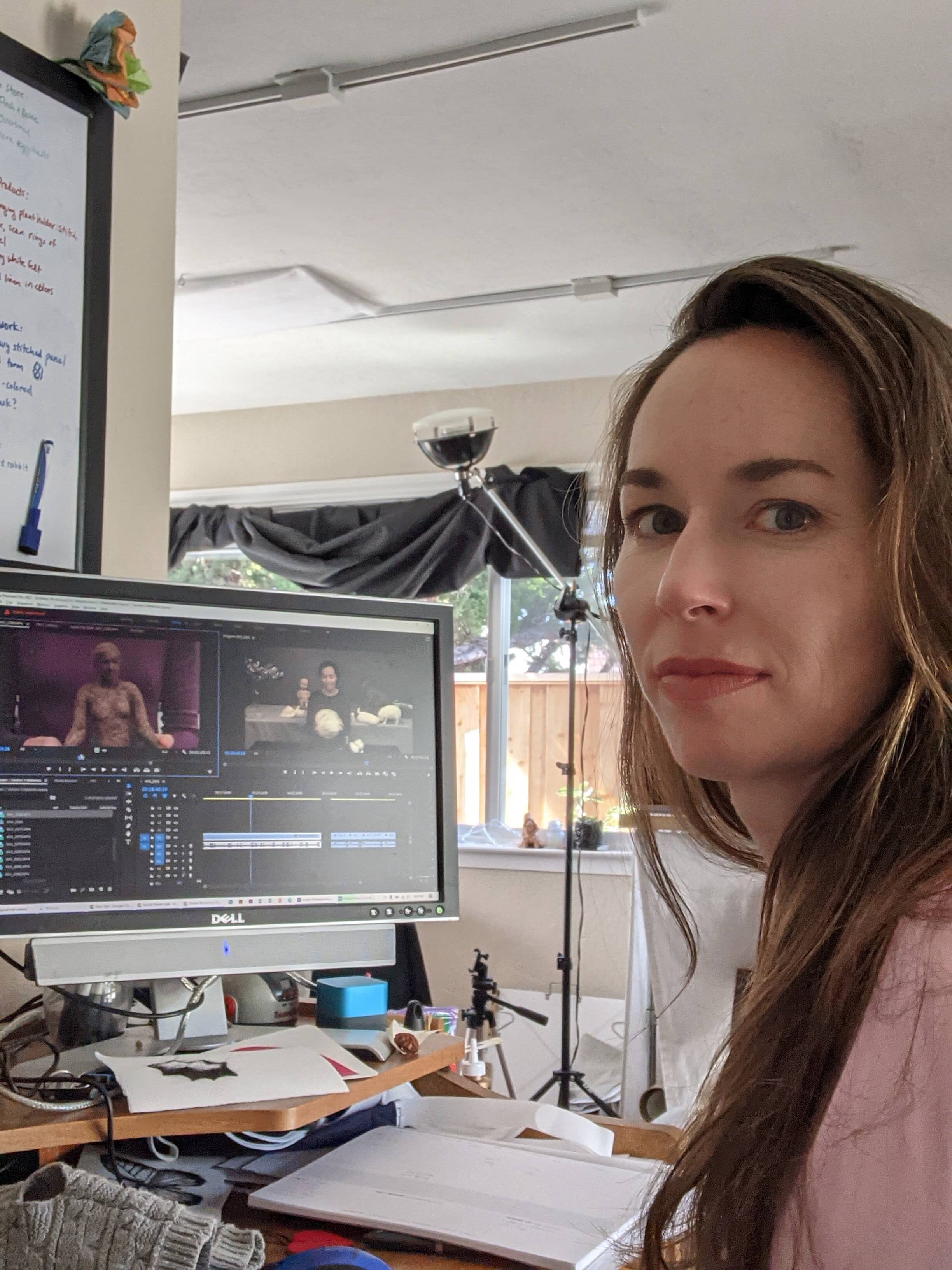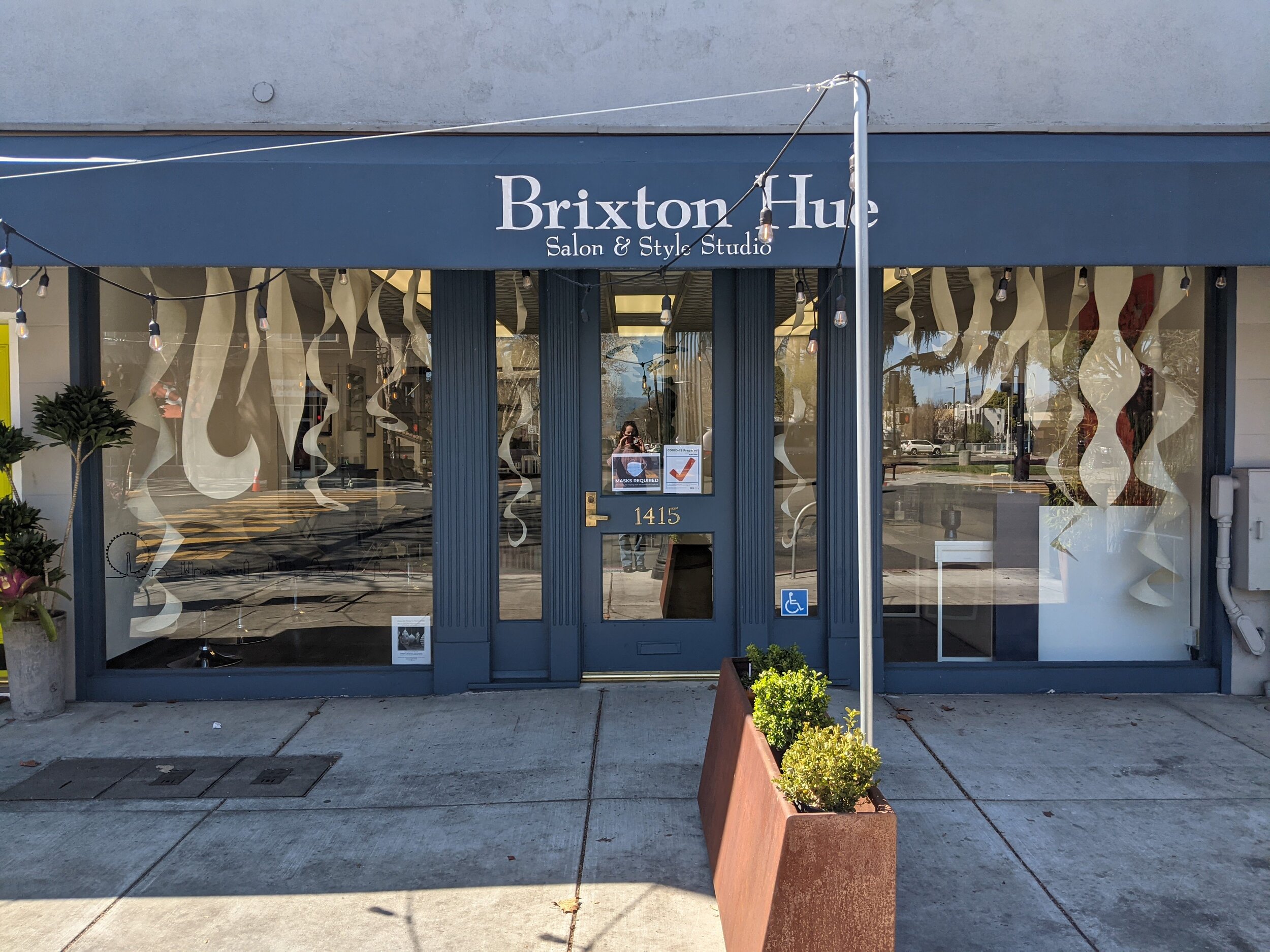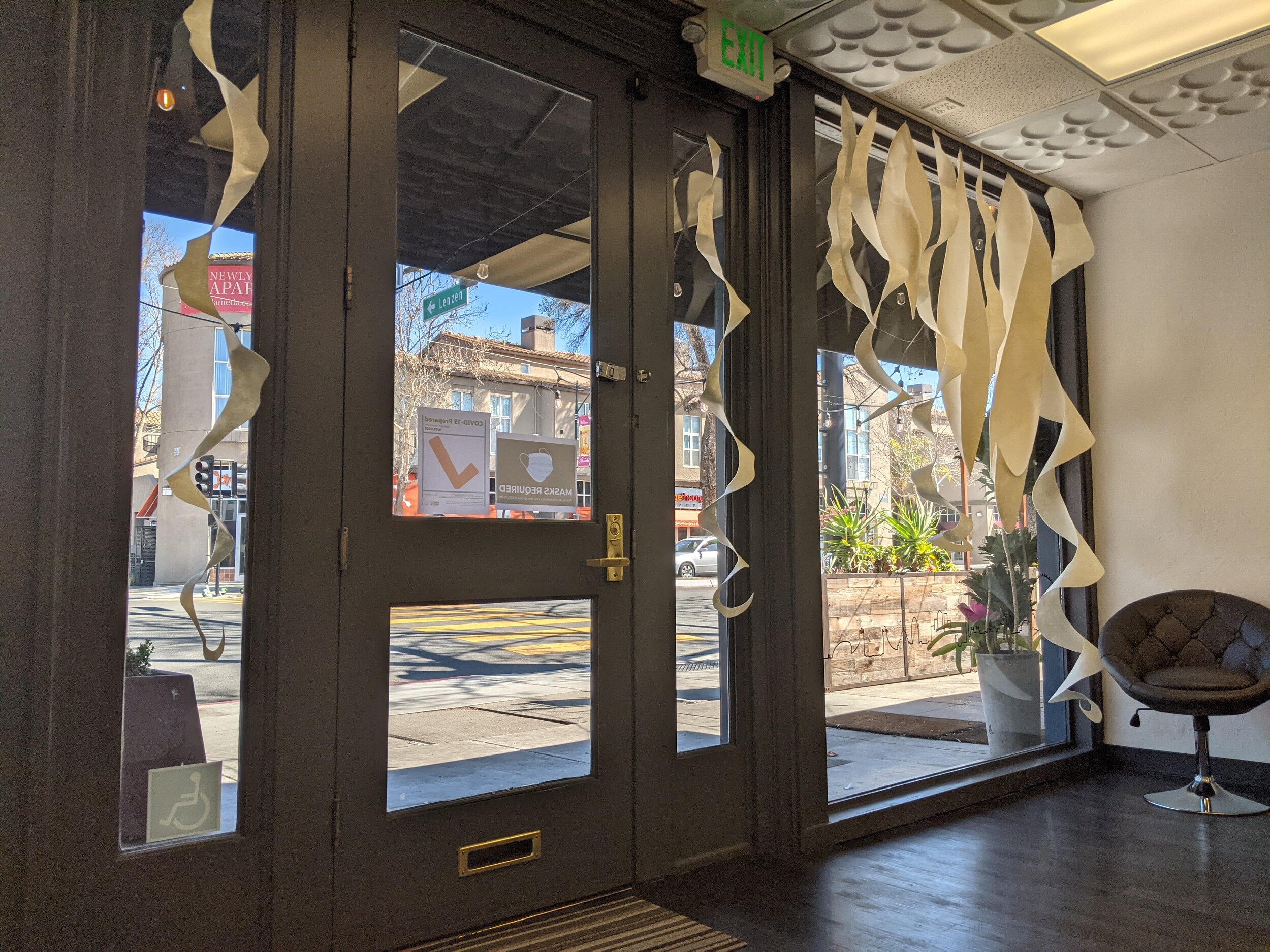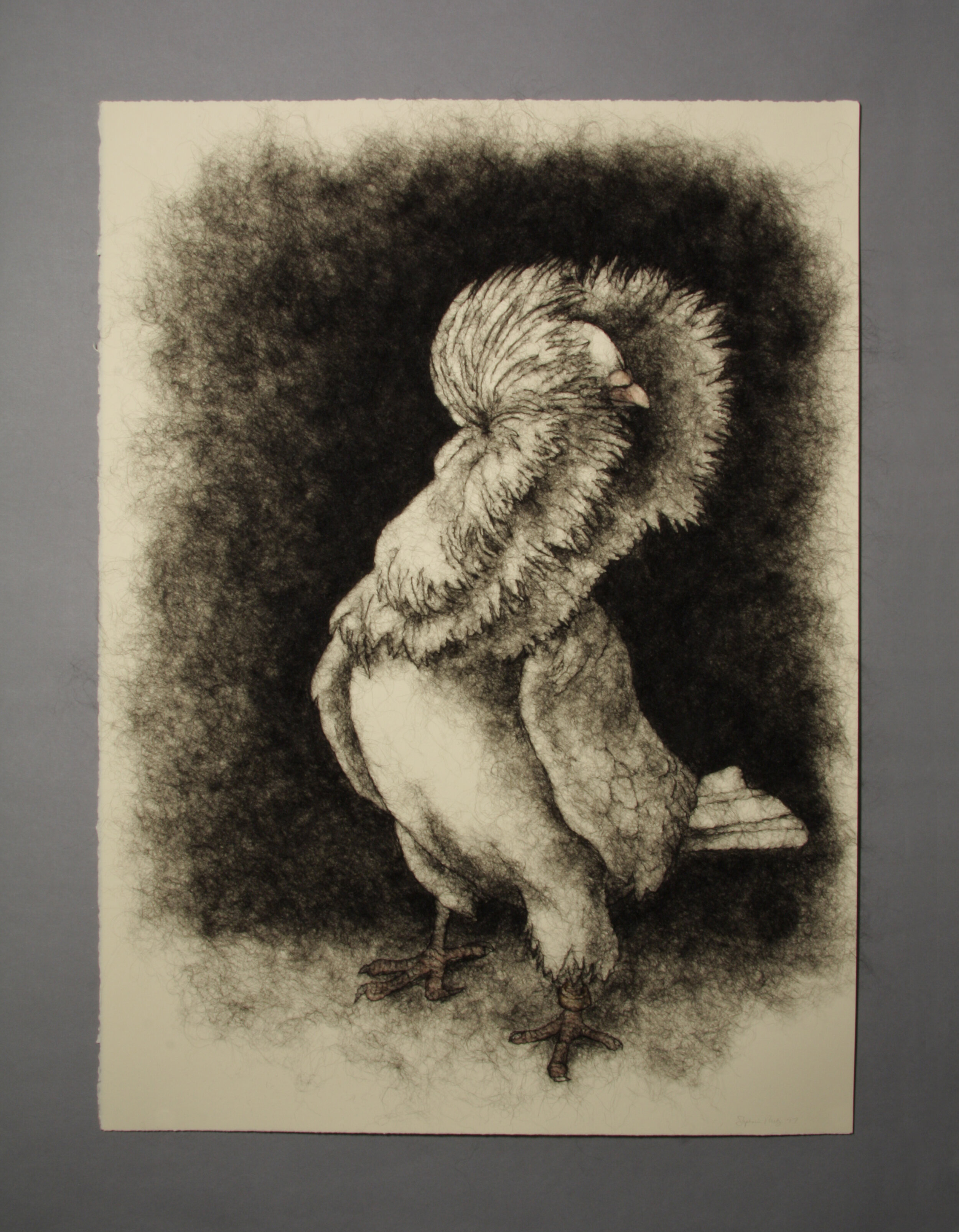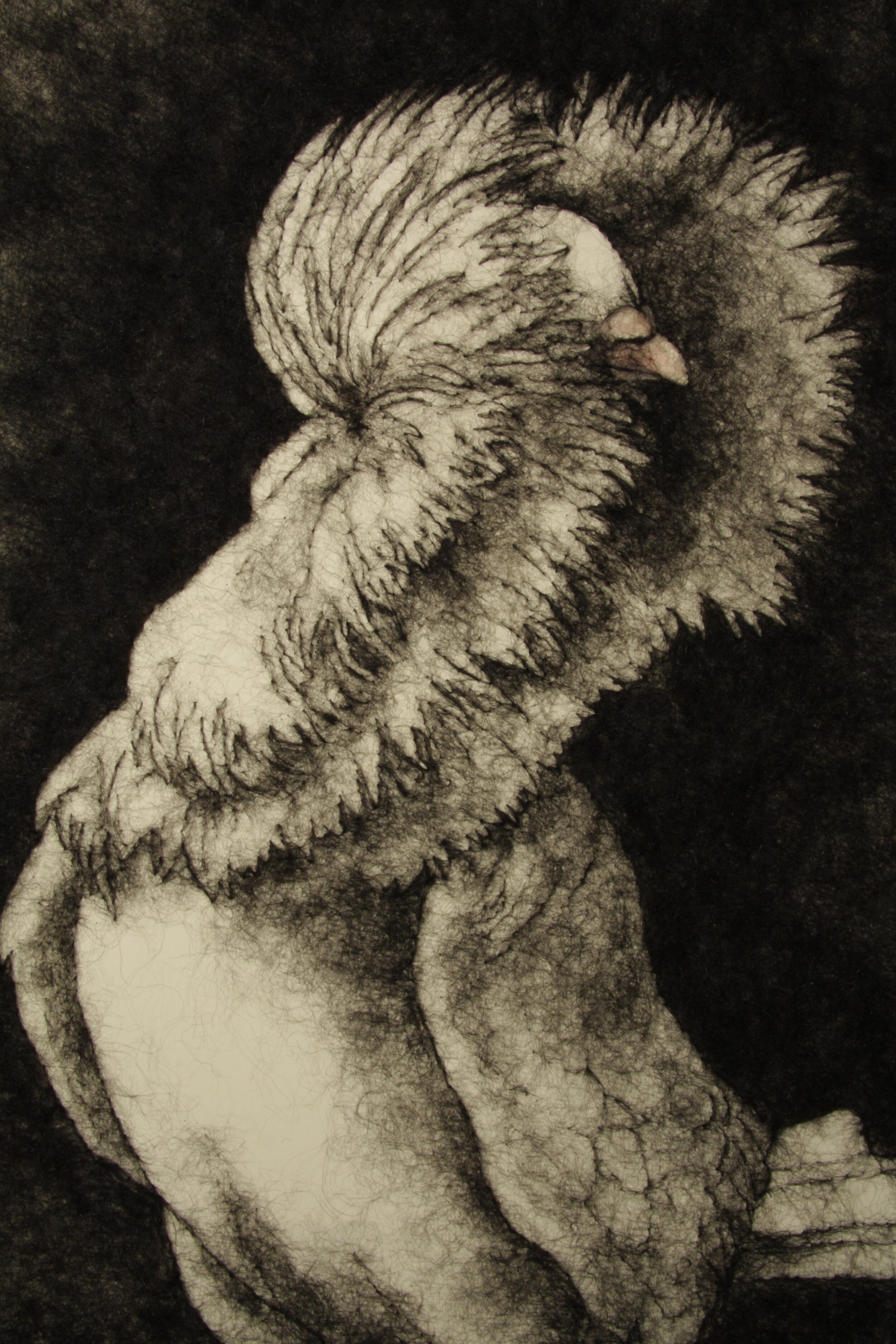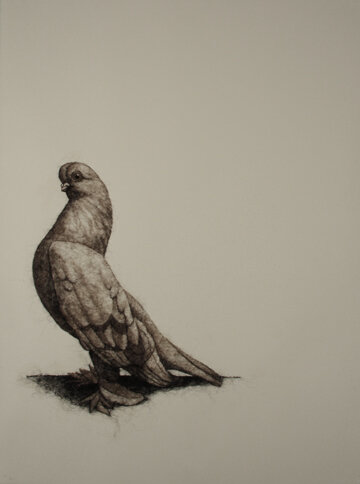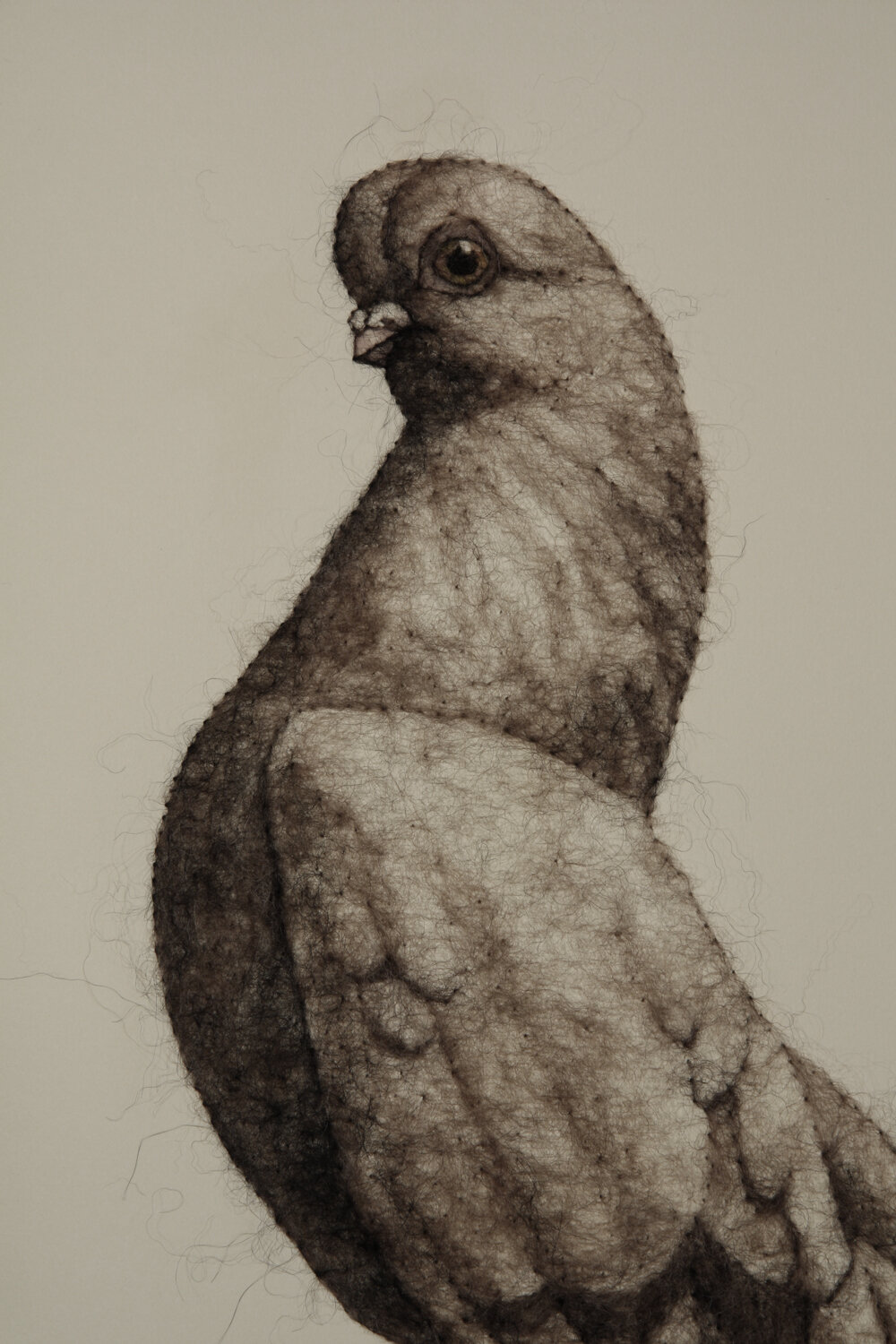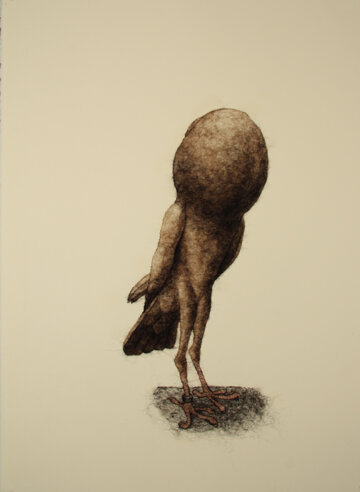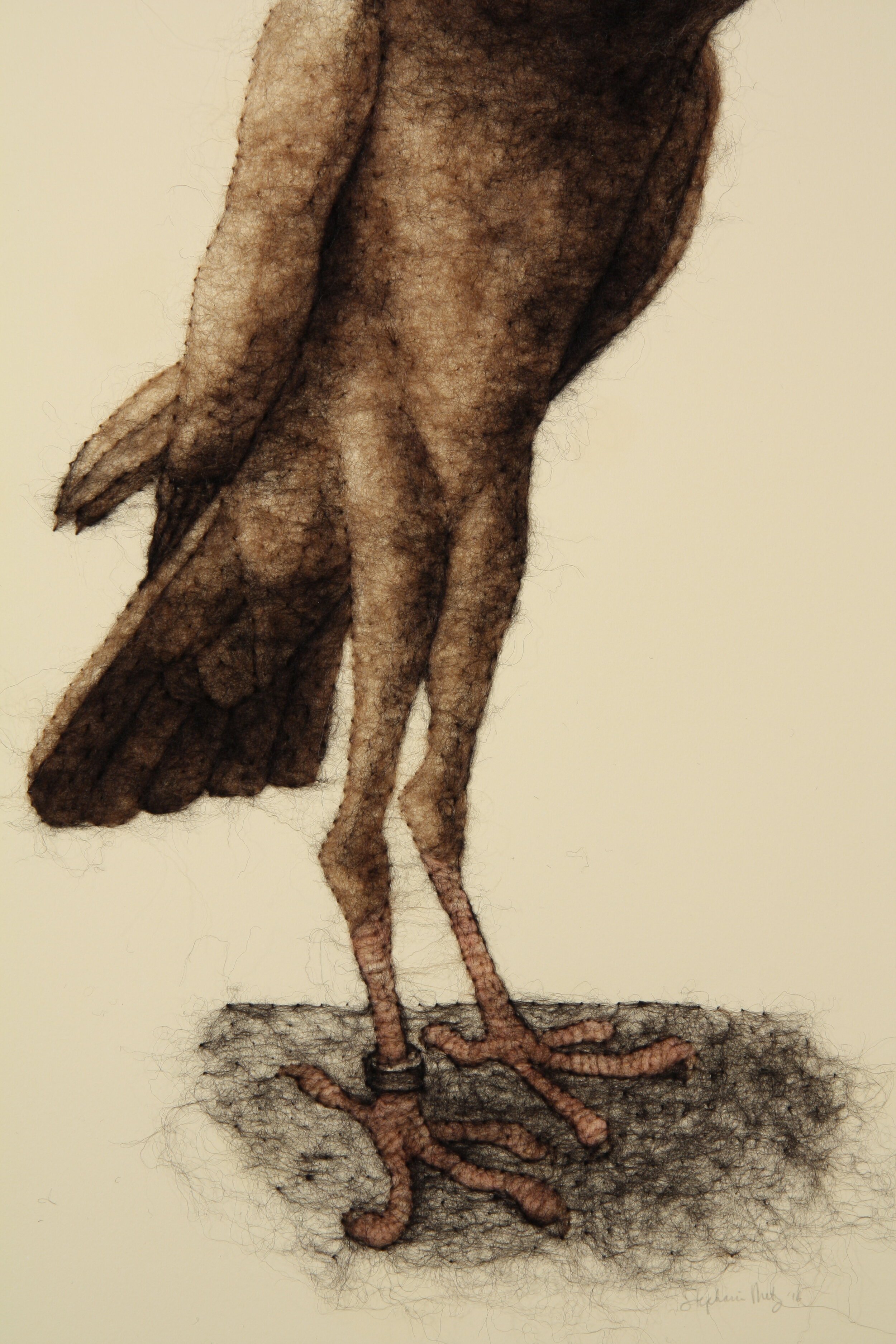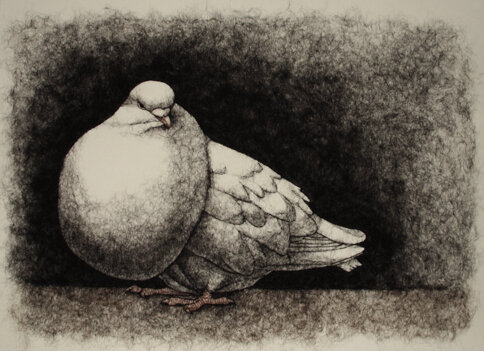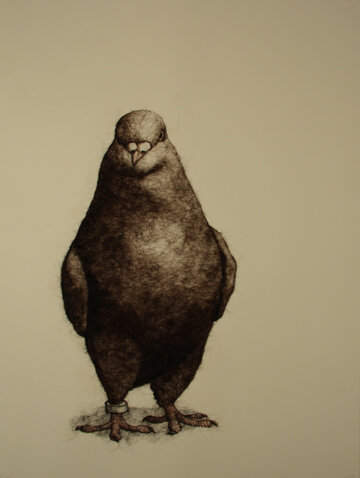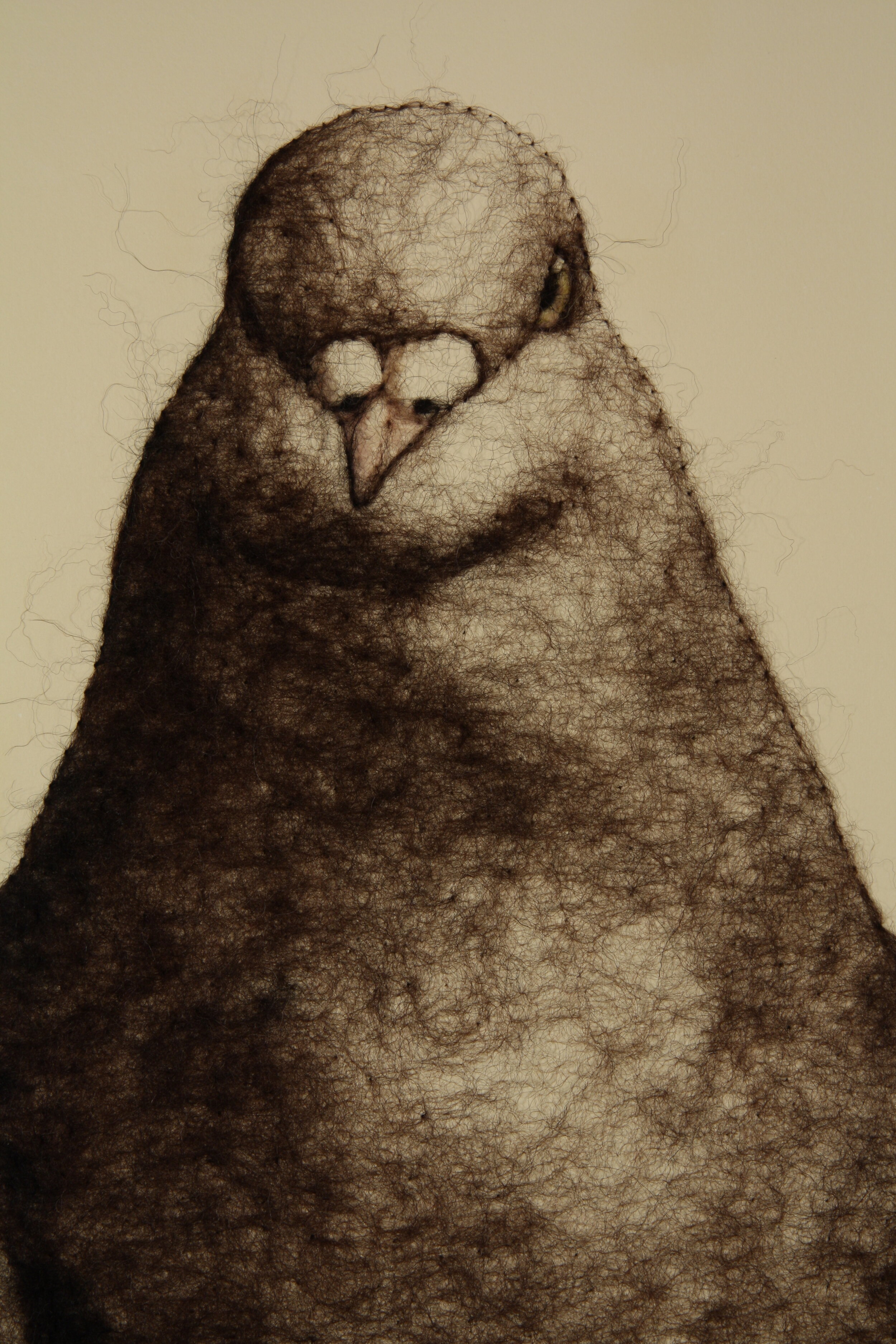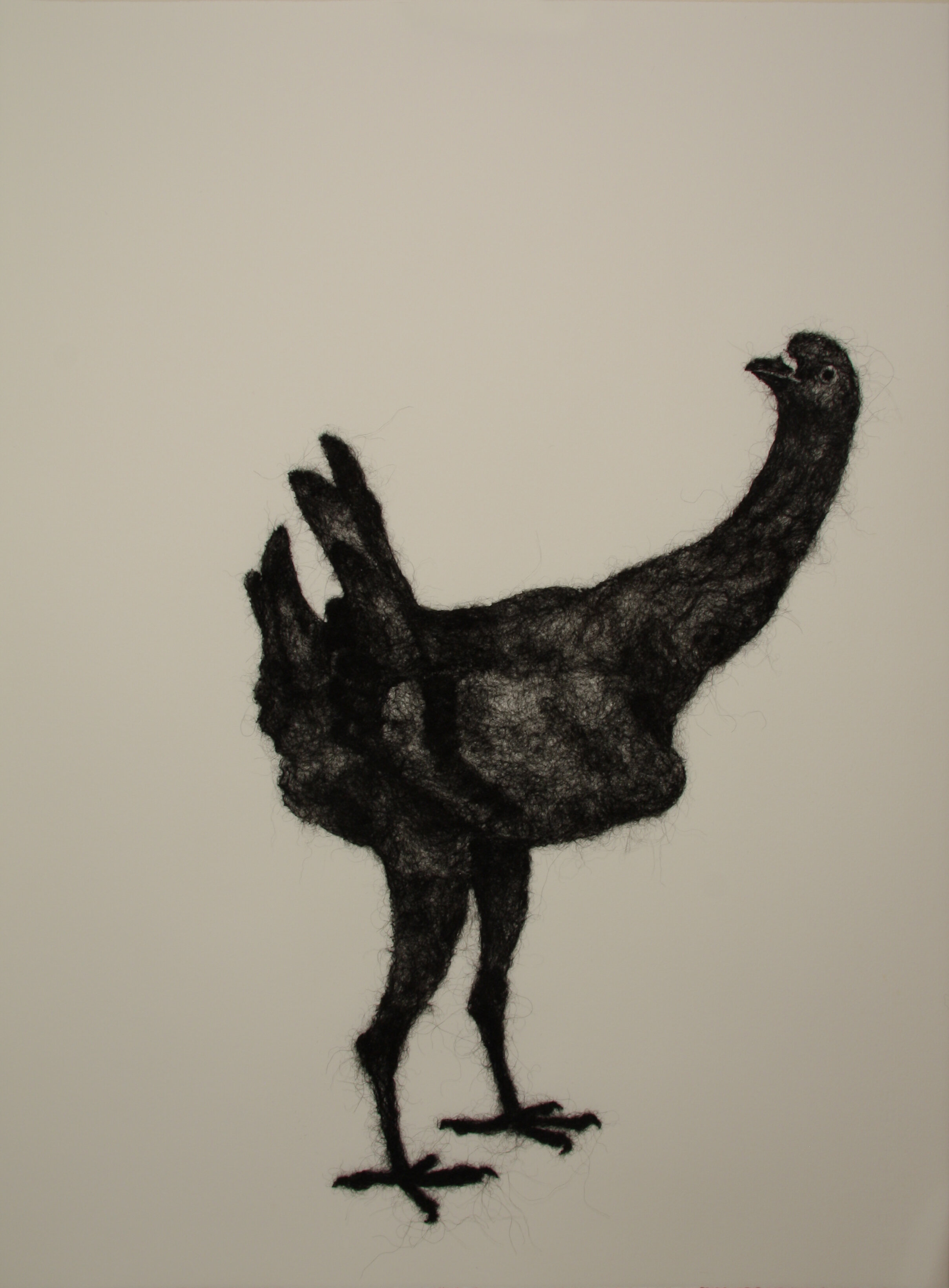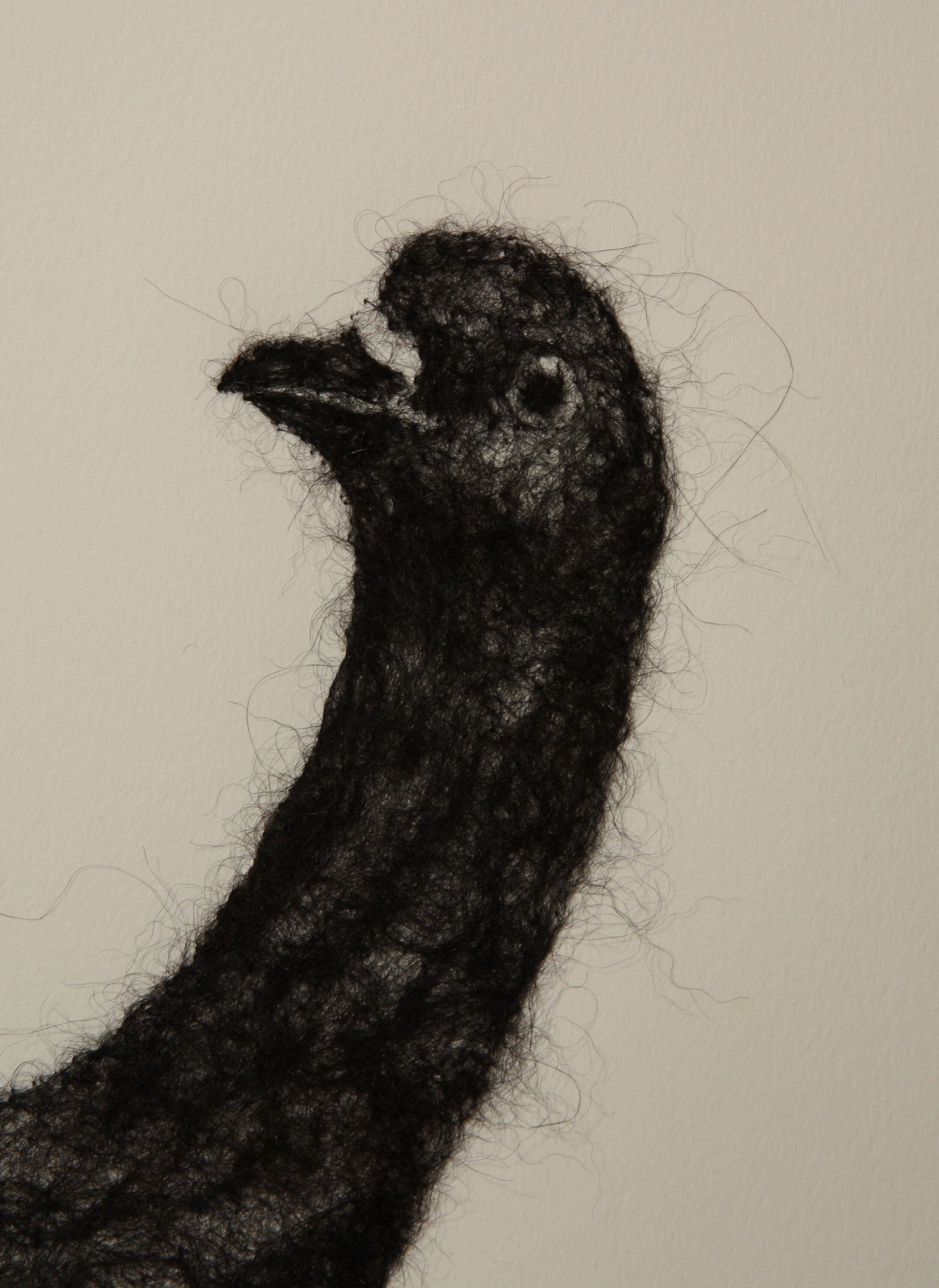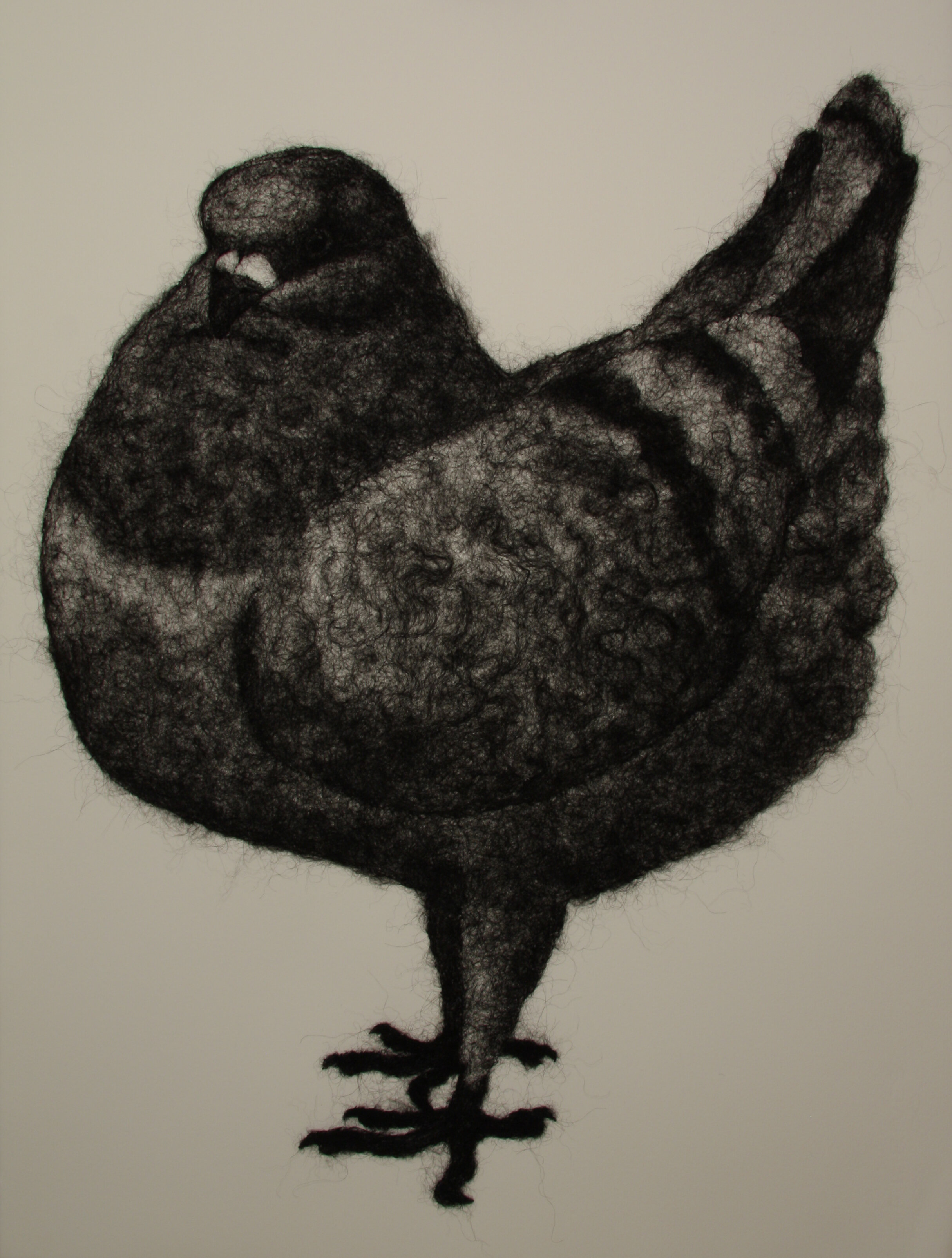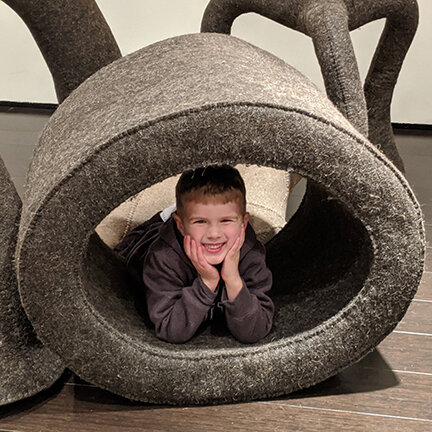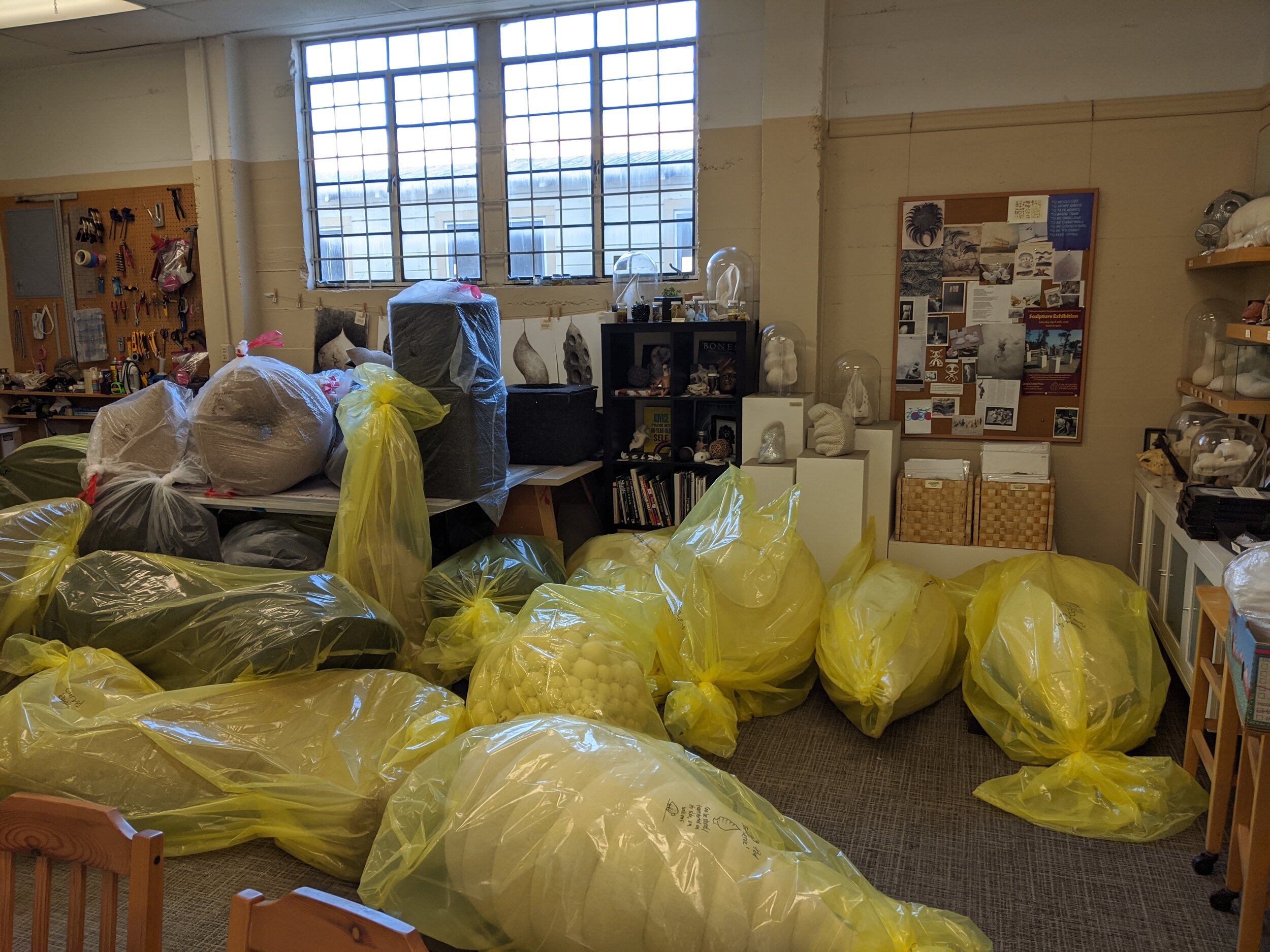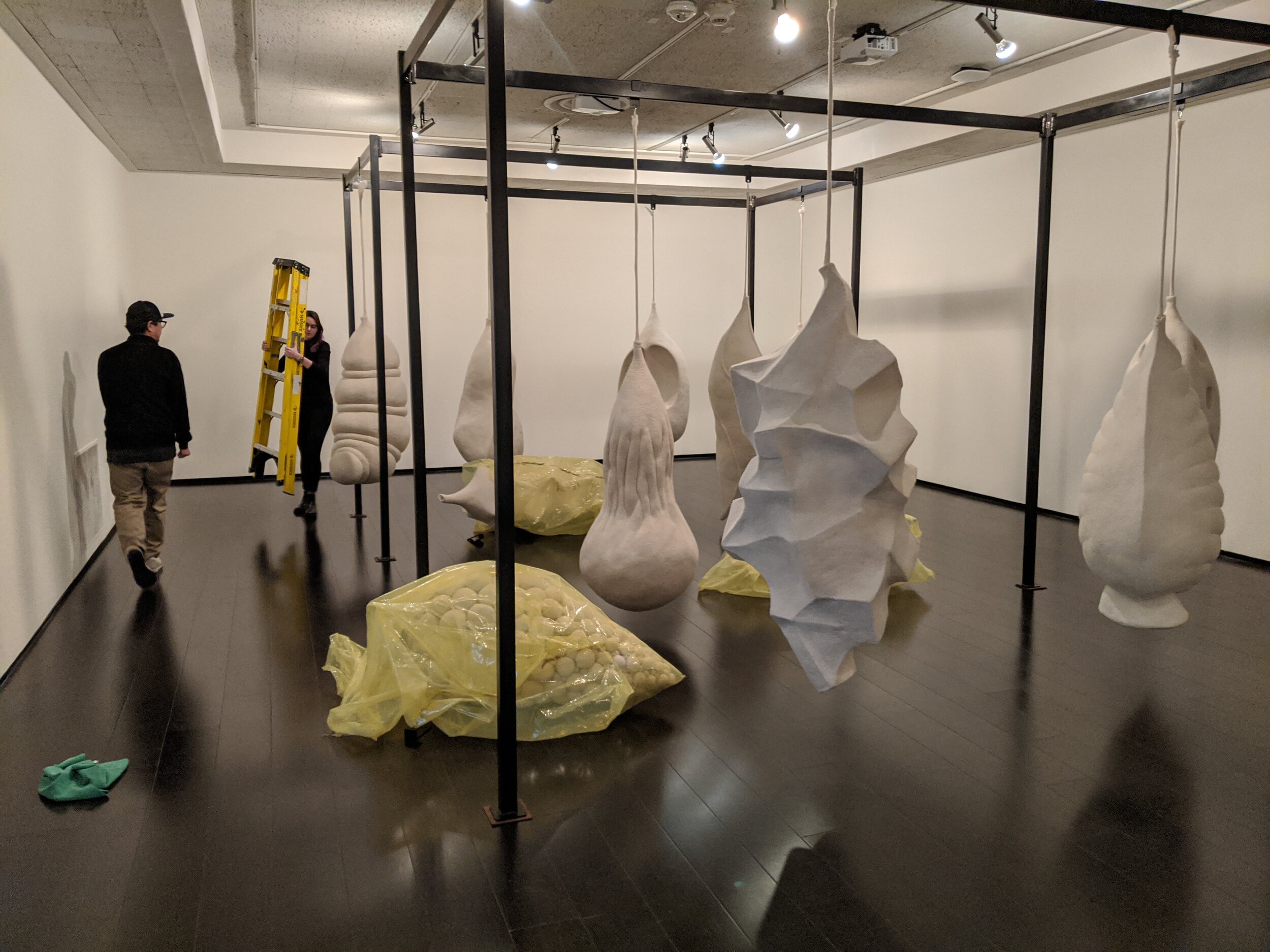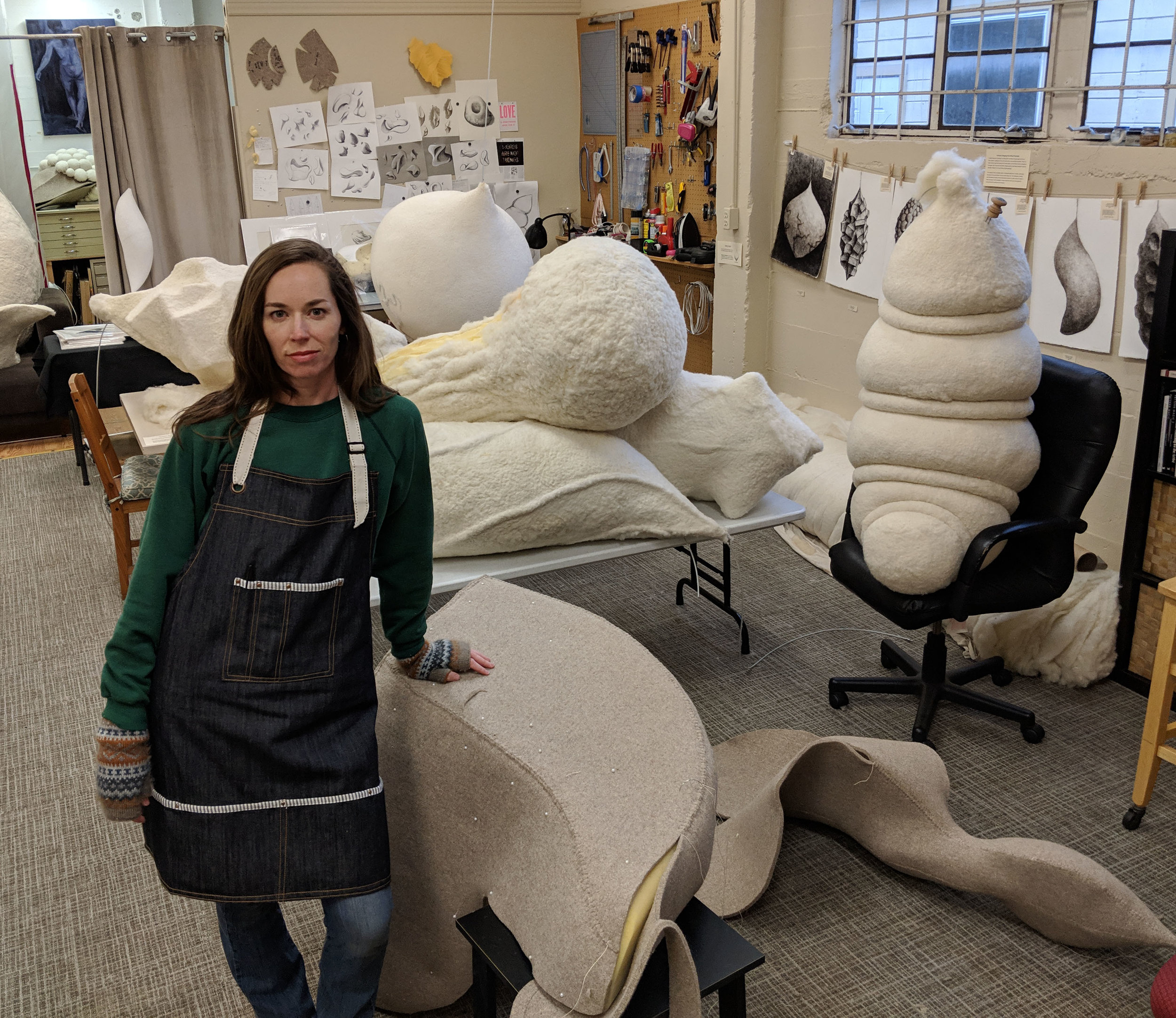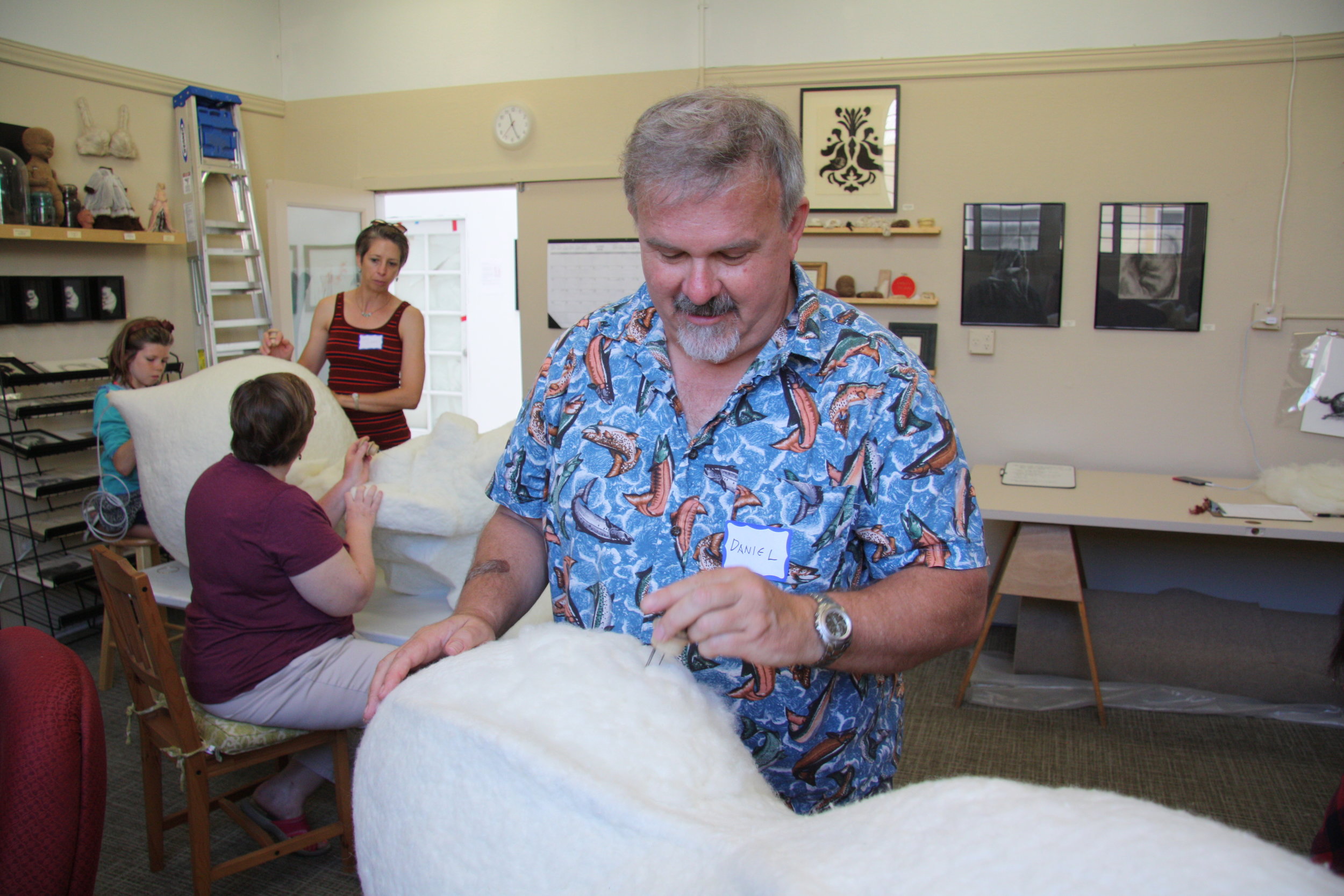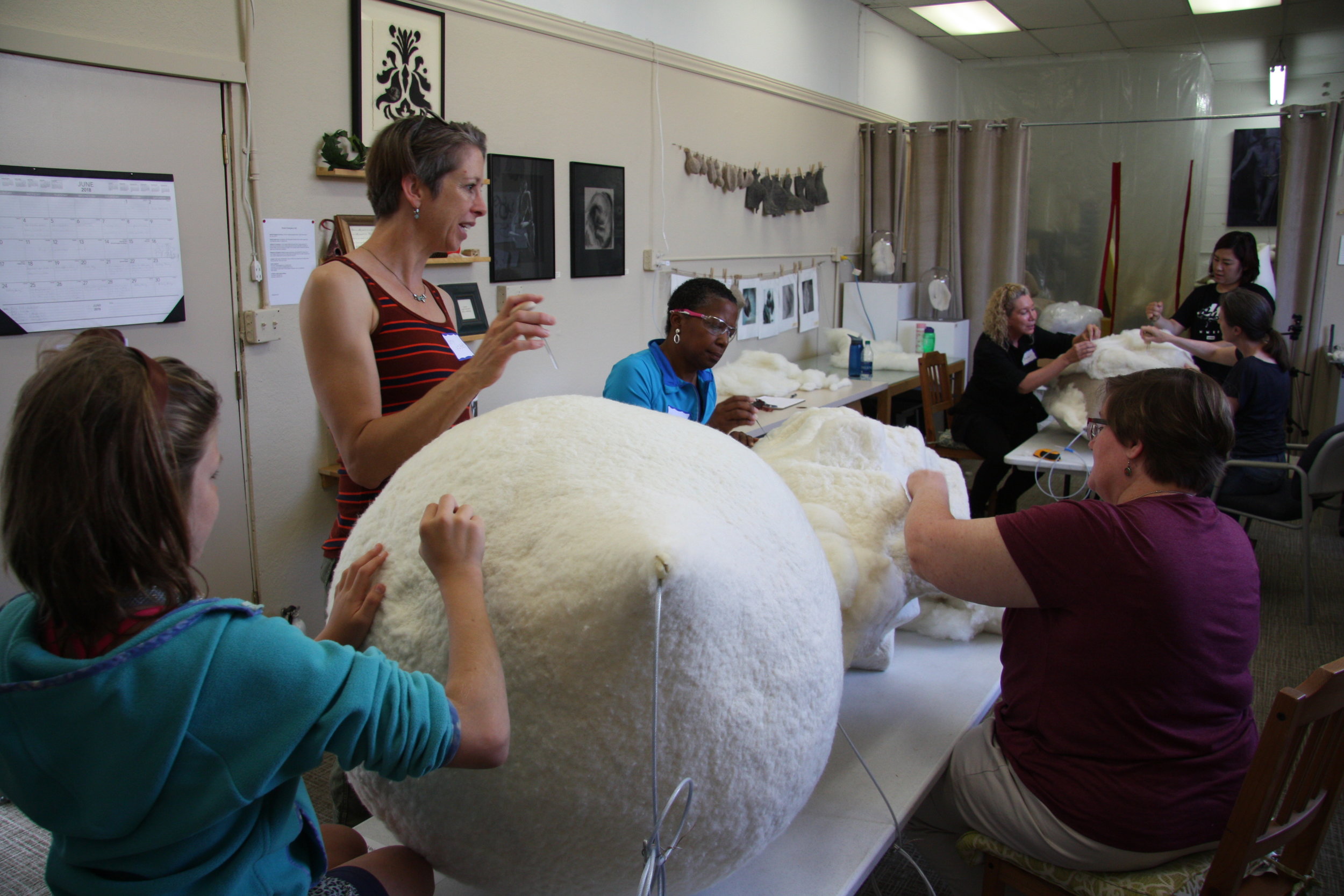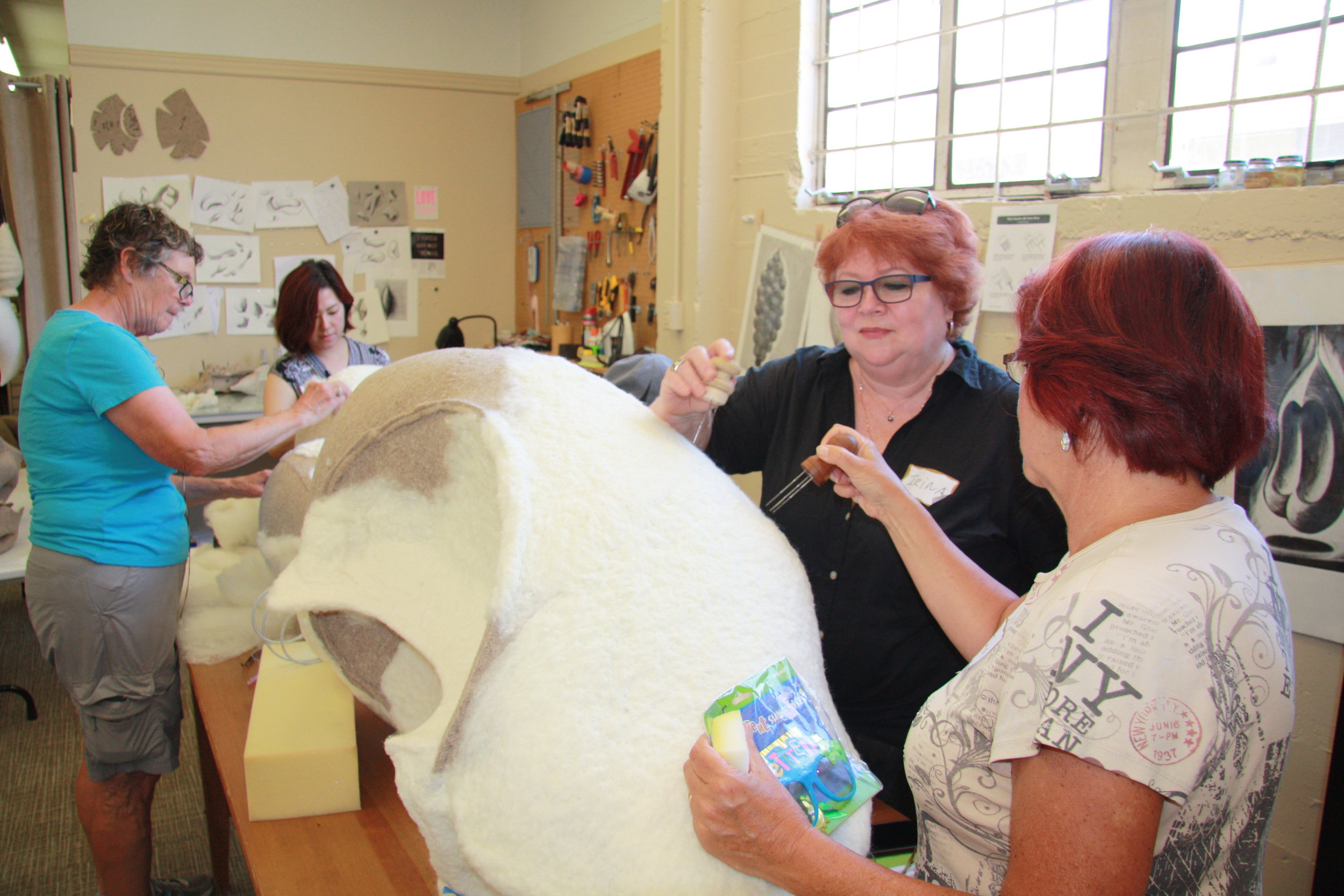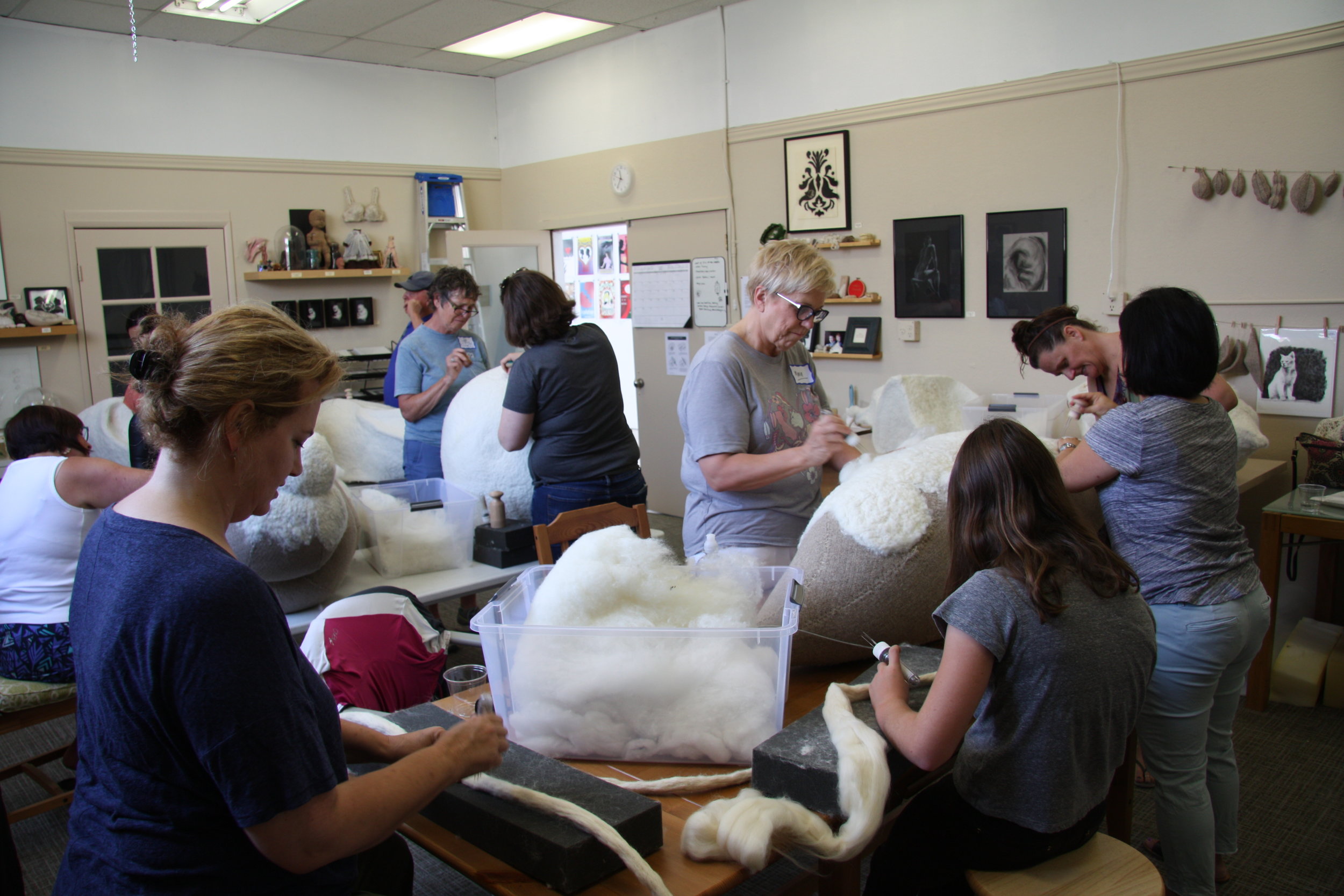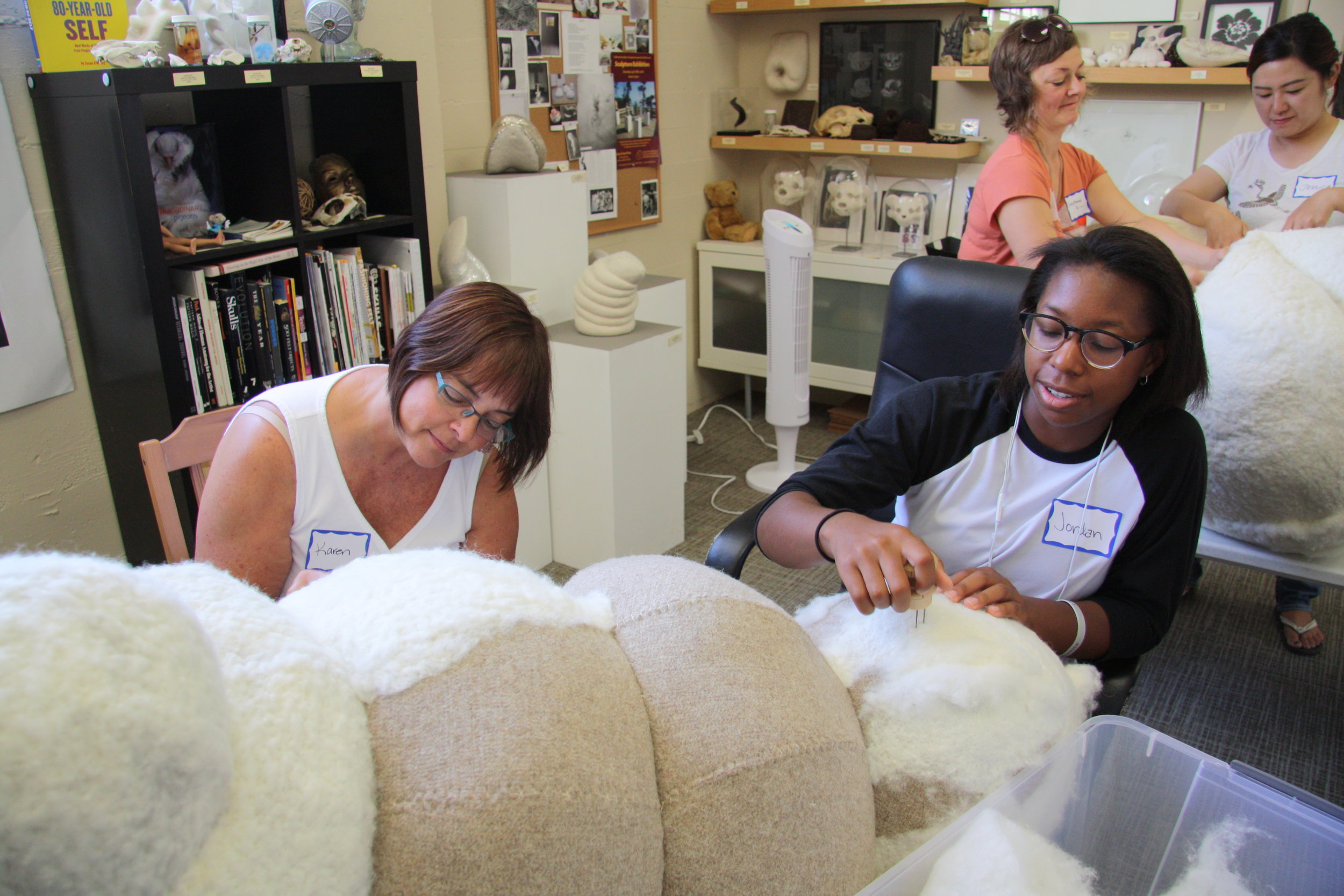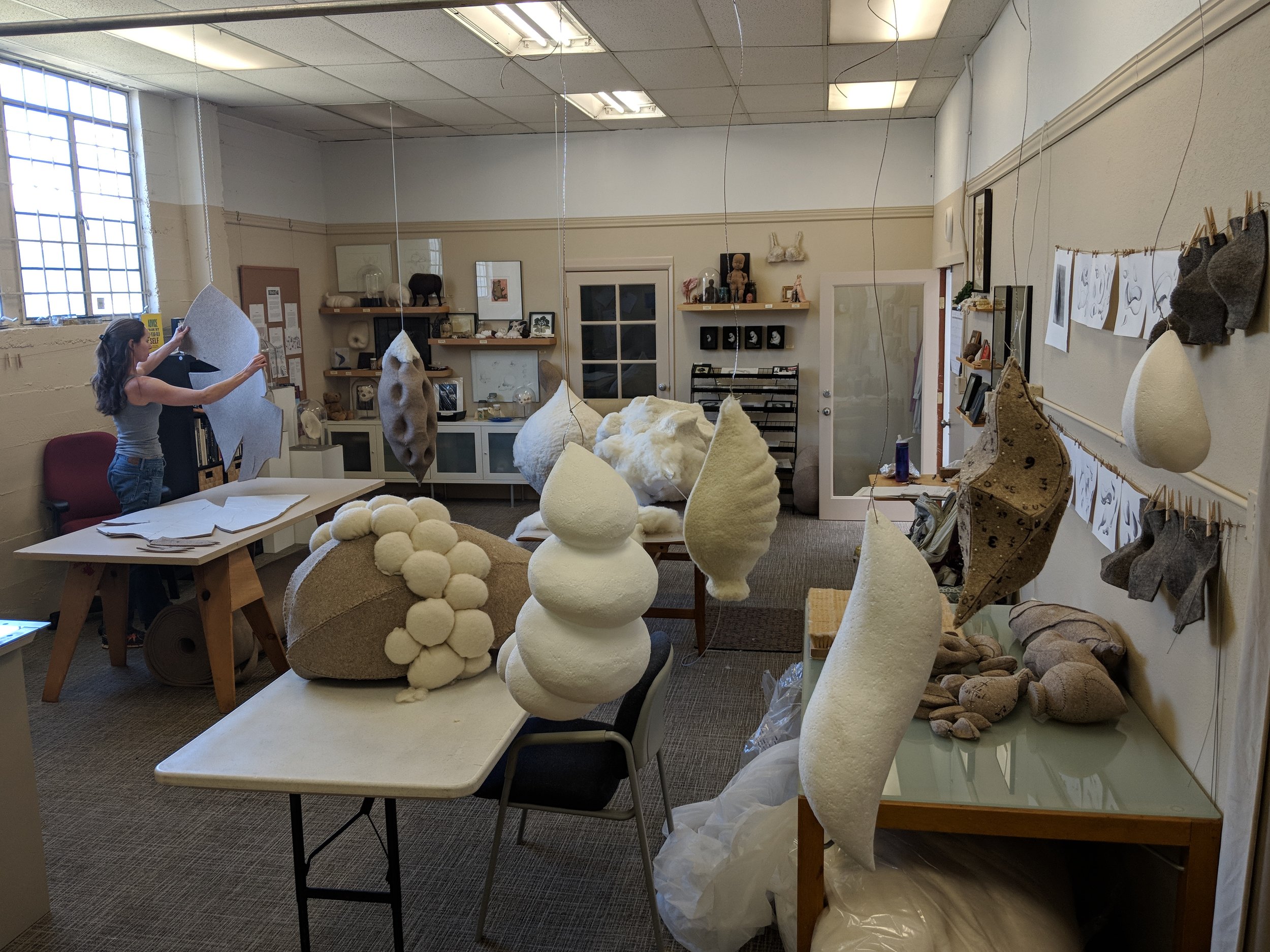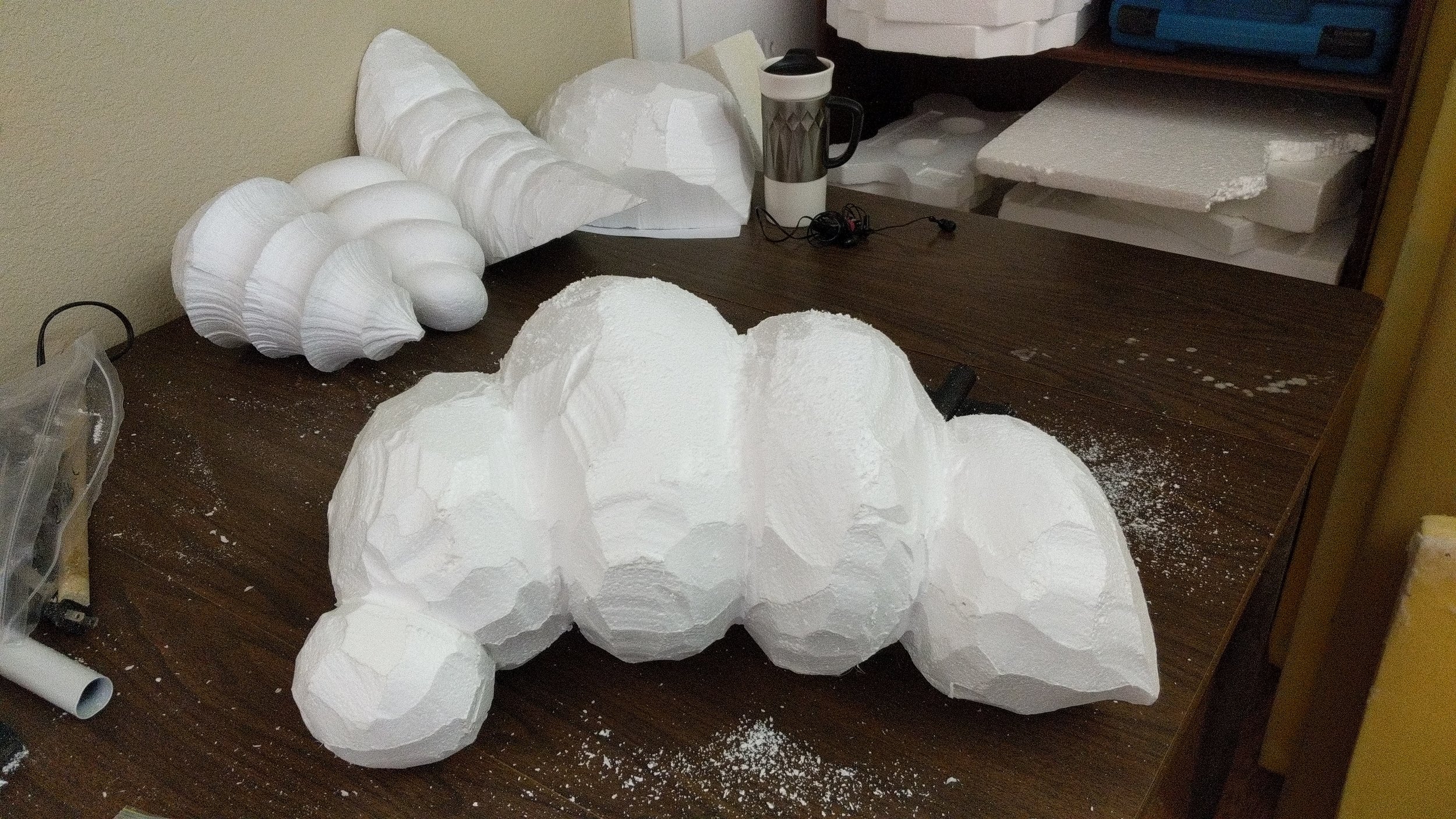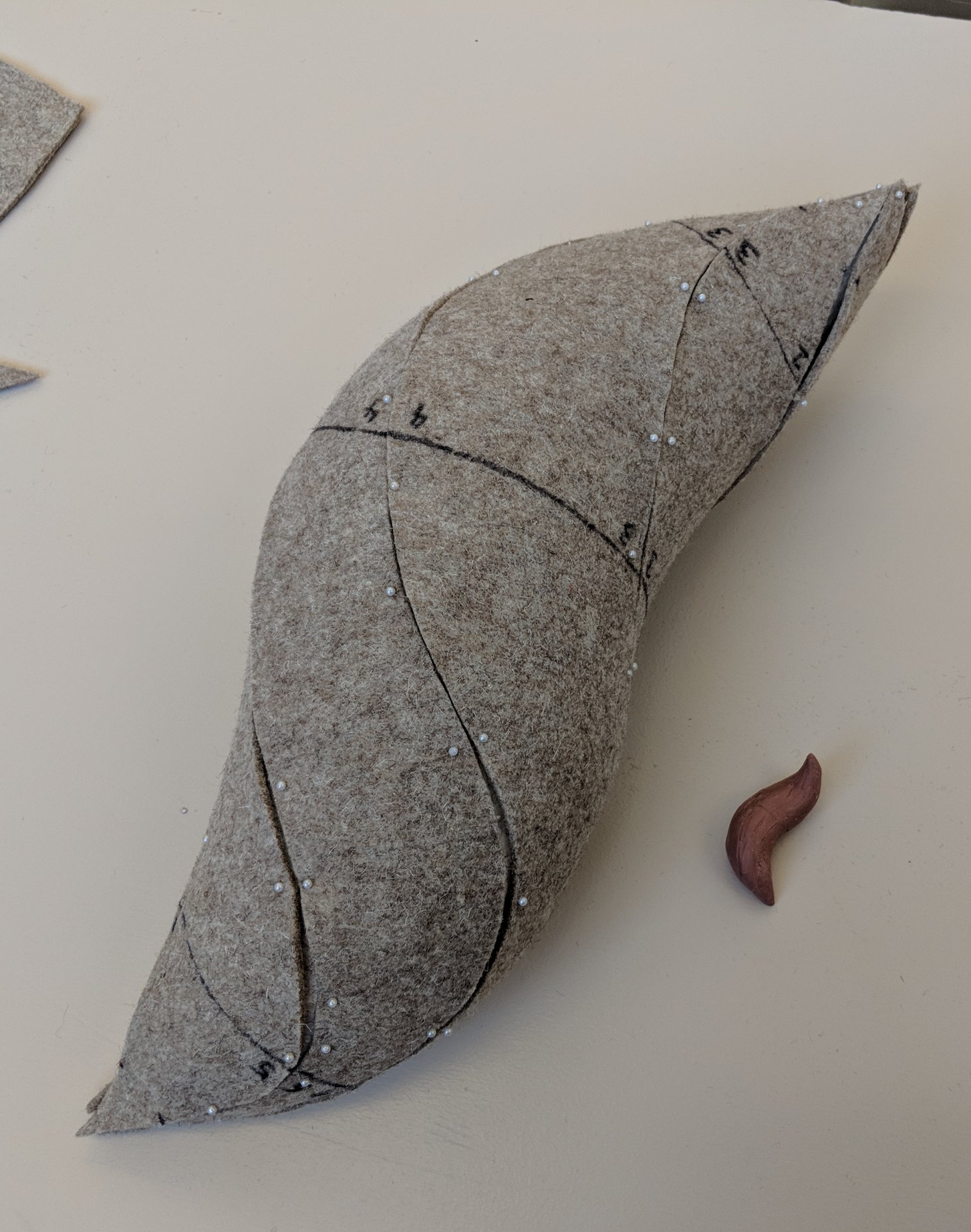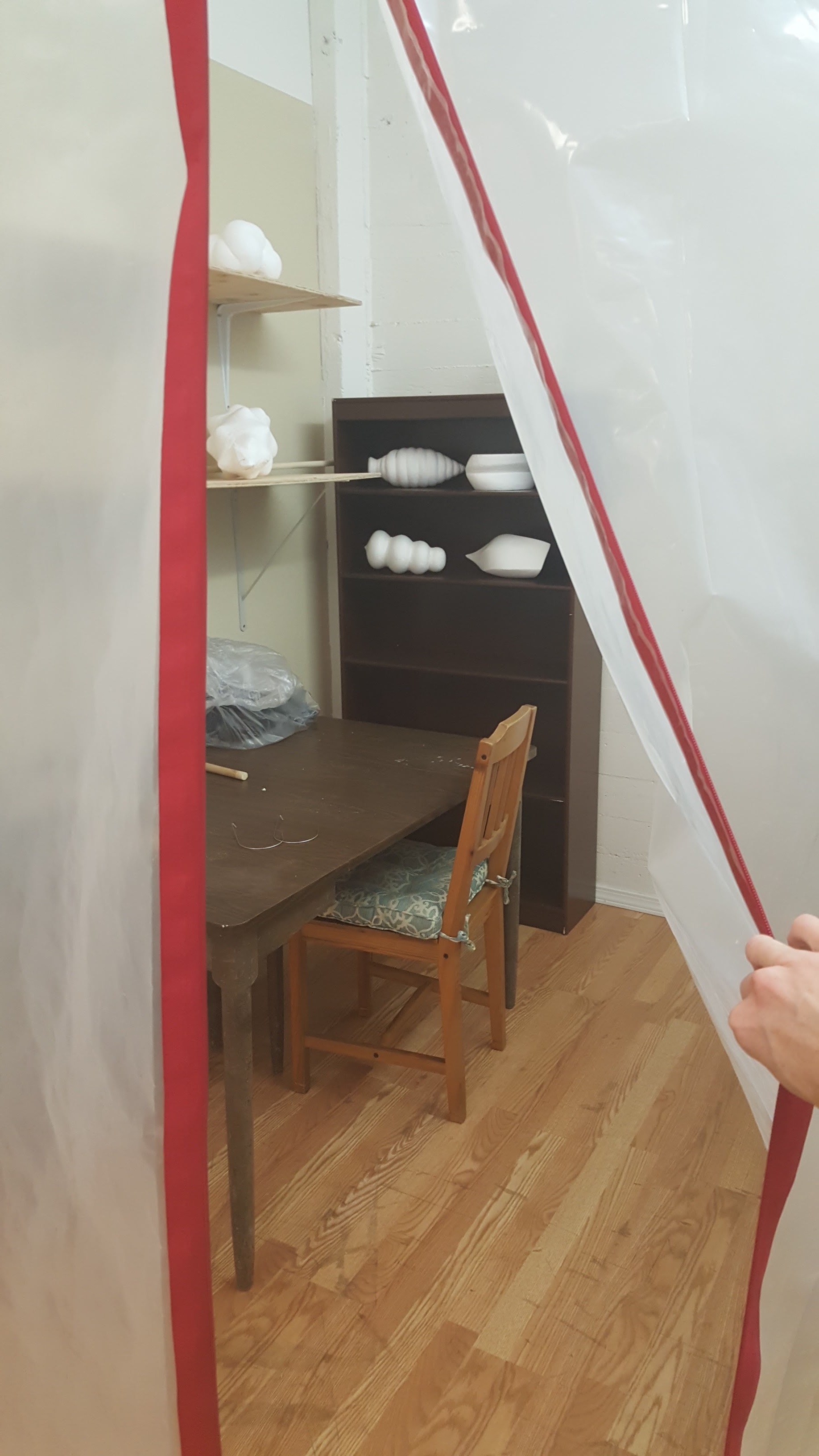The bulk of my creative energy these days is going into a project that has been on my mind since the pandemic began canceling live events: an online version of my sculptural needle felting workshop. In a normal year I teach live workshops at two or three different venues, often for a weekend or a week, with occasional one-day workshops thrown in. I love teaching— the energy and enthusiasm I feel for this weird art form is echoed by my students, and we tend to have a great time together. I’m always learning more too— my students ask questions that make me think differently about what I’m doing, why, and how to communicate most effectively. I continue to find that phrasing things several different ways as I talk and demonstrate is a good way to effectively reach the whole group, since we all have different learning styles and metaphors that resonate.
So, if I love it so much, why don’t I teach more often? A lot of it comes down to time. My workshops are often week-long stints at somewhat distant venues (Penland, Arrowmont, California Sculptors Symposium) that require travel and a chunk of time away from home. It’s challenging to manage a good work/life balance with kids, husband, dog, and home when I’m totally absent for a week at a time. I’m a homebody and really love my regular life, so I do one or two week-long stints.
But that means I teach only two or three dozen students in person each year, give or take. I end up filling my workshops with attendees from all over, which is good, but then there are big waiting lists of students who don’t get to work with me. I also know that travel, time, lodging, and funds make it difficult for a lot of people to get away for a week of art camp for grown-ups.
I receive lots of emails from people who find me one way or another and want to start needle felting— but they don’t know where to begin. Or I hear from needle felters who want to know how I get the clean edges and smooth finishes on my work— and there’s only so much you can describe in words. Early in the pandemic I sent out a survey to my mailing list to ask those who might want to learn from me about what topics they’d like to learn about. I heard from beginner, intermediate, and advanced needle felters. Many were looking for more open-ended courses about varied techniques as opposed to the kind of course where you follow along to make a specific project. Many wanted to learn about making more abstract forms instead of cute small animals. Some wanted to learn about armatures and building over other materials, or integrating mixed media. Many want to learn about getting smooth finishes and building forms.
When I teach a live in-person workshop I welcome people at all levels of experience— because I think there’s a lot to learn from the way any individual artist creates her work, especially if she is good at explaining the choices and decisions and techniques she’s using. Over the years I’ve done a lot of troubleshooting and problem-solving with students to figure out what the common difficulties, frustrations, and stumbling blocks can be when it comes to sculptural needle felting. But that was my big hang-up for a long time— I’m so used to working with students one-on-one within the live workshop format, and I think that’s a really valuable aspect to teaching. I couldn’t figure out how to deal with that— because as good as I’ve gotten with Zoom, it’s still so, so hard to connect about a tangible thing when we’re not physically together. The thought of peering through my screen to try to describe how a student could turn their piece over that way and use just a single needle in that section and come at it from that angle, no, just a little closer to where that thin part joins the thick part… that seems exhausting.
So I didn’t do anything about it. For a year.
And then I realized that I still have a ton to offer when it comes to needle felting, and it doesn’t have to be all or nothing. In fact I started plotting out a class that is turning out to be a lot closer to ‘all.’ As so often happens when I get started on something exciting, it grows and develops beyond what I dreamed.
I decided to make a video-based class rather than an interactive Zoom class so I could present information in a structured way with multiple camera angles to best communicate the concepts— and students could pause, rewind, and re-watch as needed. I decided to use a combination of real-time felting with time-lapse portions so students would get a real sense of the time and work that goes in to building up and shaping felt from loose, fluffy wool— but also the satisfaction (and hope) of seeing results as they develop. I decided to build in troubleshooting to address common challenges that crop up. And at first I planned to have a class all about techniques and concepts rather than following along with specific projects. That changed as I realized that follow-along projects could really illustrate those techniques and concepts, AND be a more approachable way for beginning students to engage. So there are some cute little animals mixed in with abstract forms as separate projects within the class— and those who want to use them can, or they can be ignored. The class won’t be all things to all people, because that is truly impossible. But it will take students from the basics of form building through breaking down sculpture into its component parts, dealing with details, getting clean angles and ridges, making vessels, joining parts together, getting smooth finishes, adding color and mixed media, and an introduction to working with support in the form of armatures— building over other materials and inserting wire support.
After a lot of research I plan to release the class through Teachable, an online learning platform that offers what I want for a good user experience.
This is big. I’ve been filming and editing for four months, and I anticipate that the finished product will be ready in mid summer. I’ll have more updates and a firm date for its launch soon.
I’m really excited to share this and I can’t wait to get your feedback!

